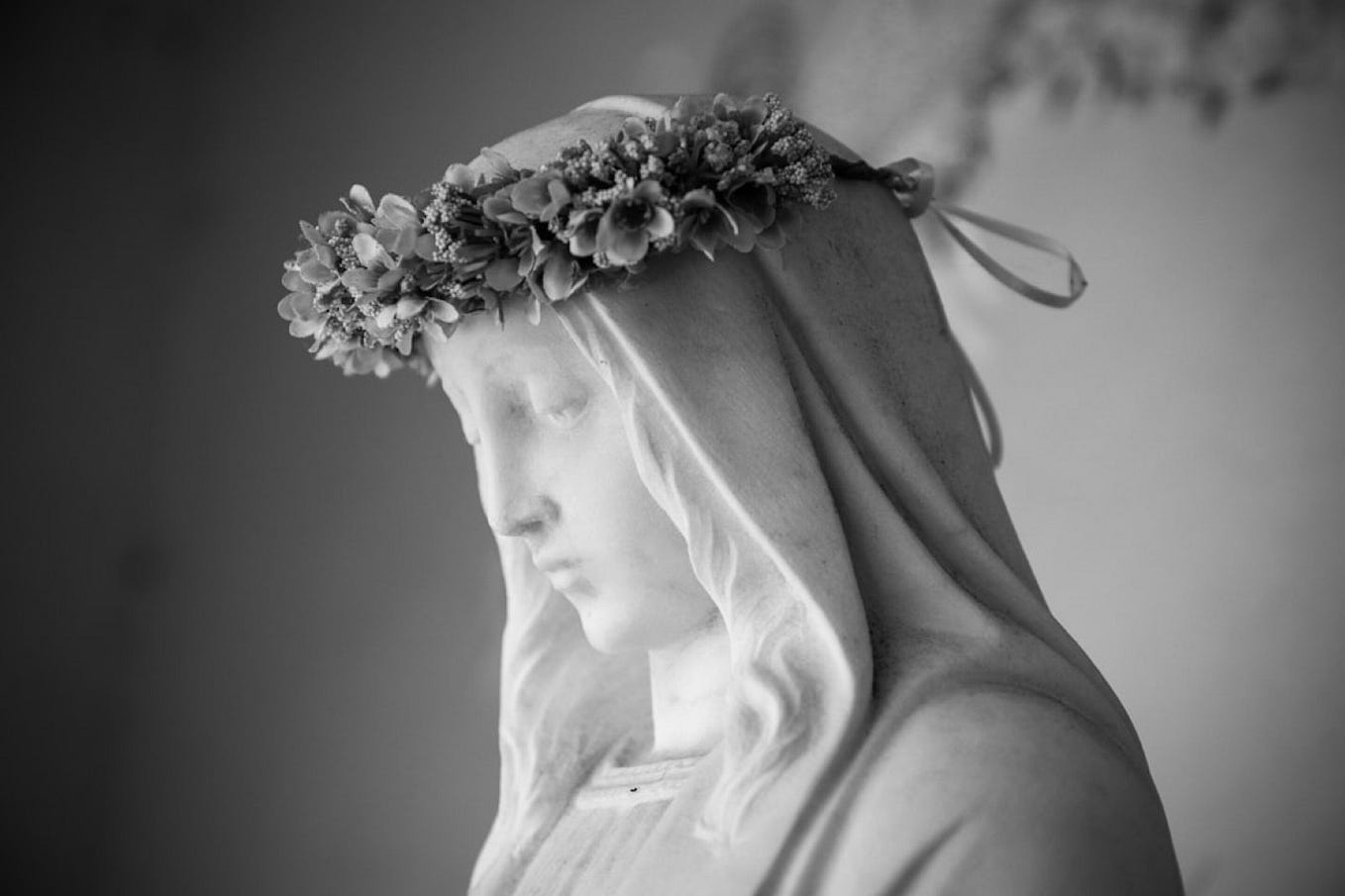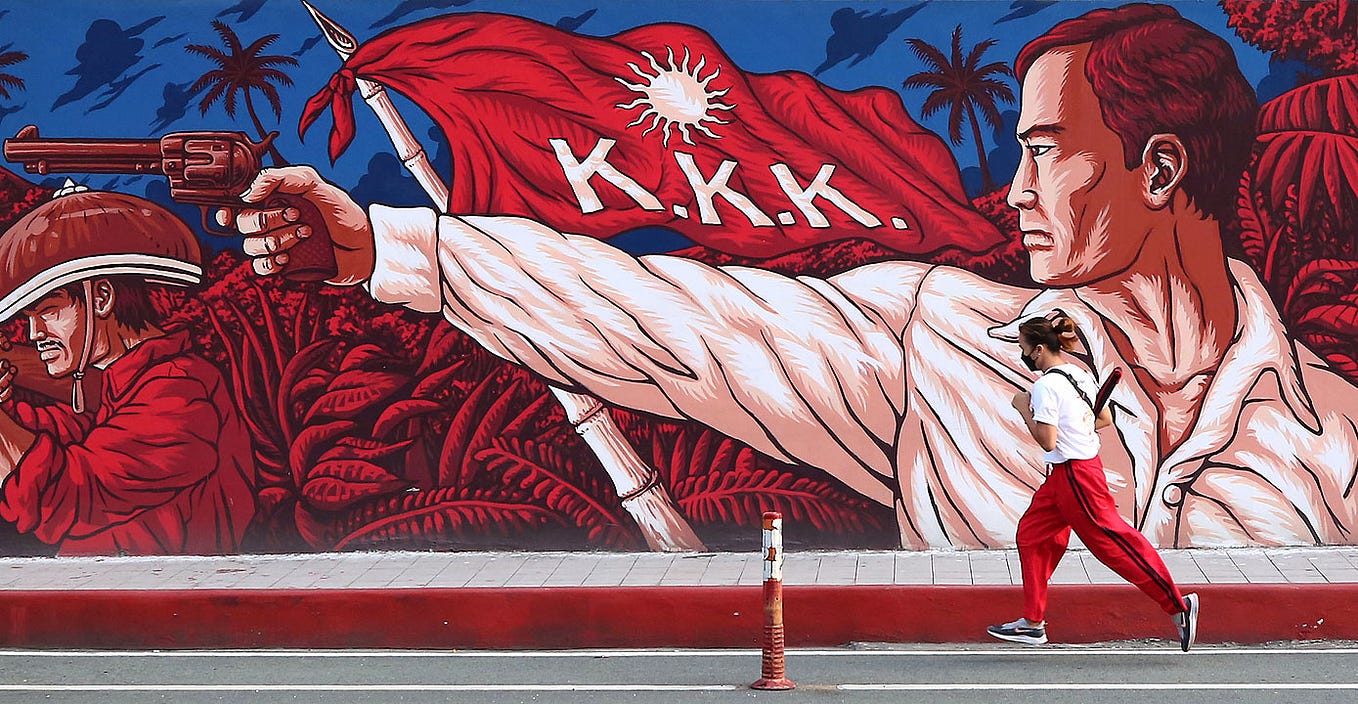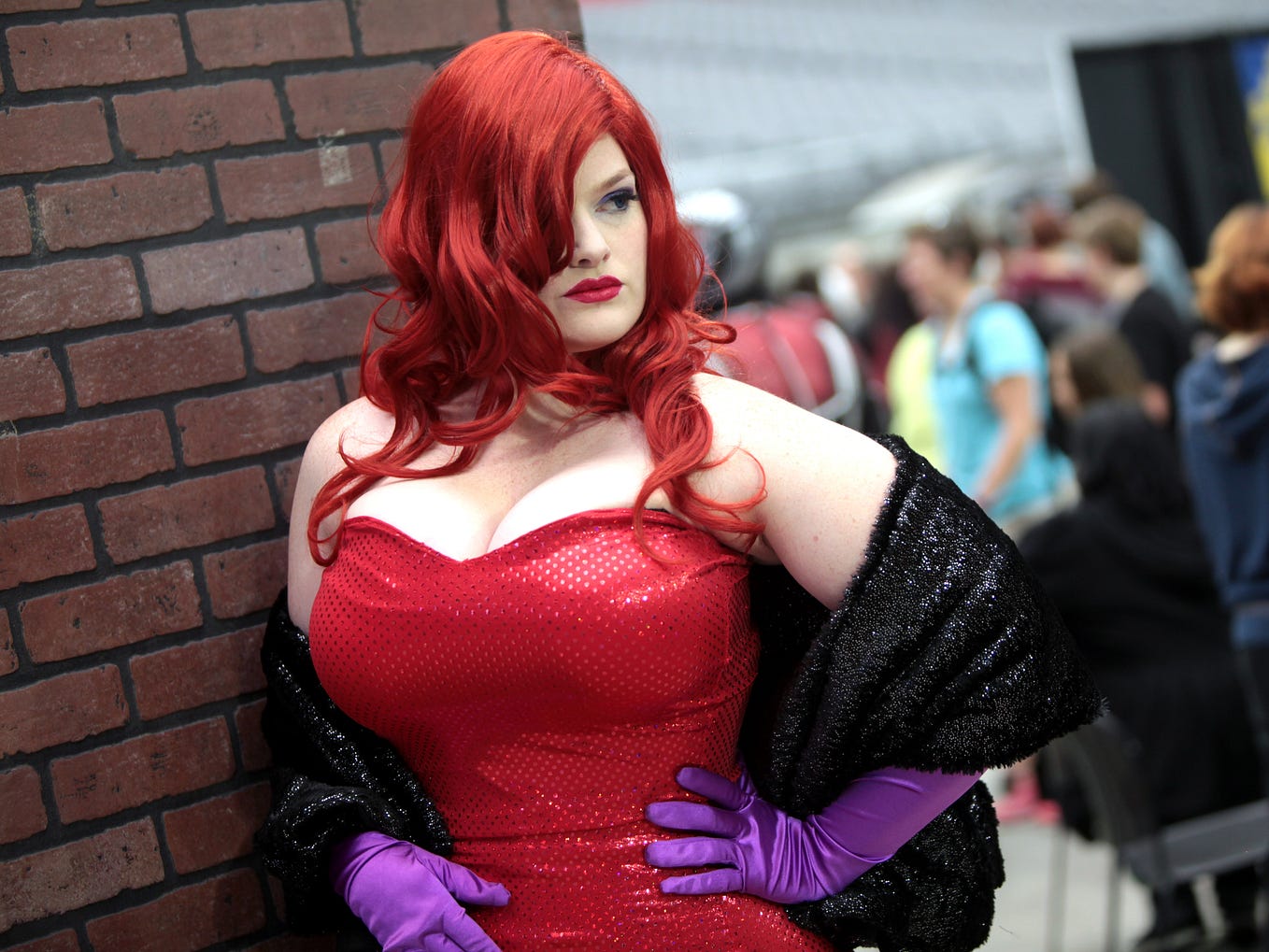FEMINIST IN QUESTION
Rizal’s Feminism Through Maria Clara, Doña Victorina, and Sisa
The Janus-faced characteristics of Jose Rizal’s female dramatis personae in his novels pose a question to his feminist stance. It became a debatable discussion when he created the characters of Maria Clara, Doña Victorina, and Sisa in Noli Me Tangere, giving a glimpse of what it was like to be a Filipino woman in his times.
For a moment, everyone is wrestling with whether Rizal was a feminist or a stout upholder of internalized patriarchal sentiments. Because on one hand, there is Maria Clara as the epitome of modesty and beauty, making her the ideal standard of all Filipino women. But on the other hand, Rizal juxtaposed this by making Maria Clara susceptible to repression under the frailocracy. But it is for this reason that Rizal is an intellectual icon of his time, as he made these women symbols of gender struggle as well as a depiction of their intrinsic potential to “make or break” a nation. It is clear that these contradictions were necessary to empathetically announce Rizal’s support for women’s emancipation.
On Noli’s positive material, Pasigui and Cabalu (2006) posited a distinct approach to Rizal’s female characters. It was said that the women of Noli such as Maria Clara, Sisa, Doña Victorina, and even Salome contained the intrinsic feminine value that is unique to their gender. For Maria, she possessed the impeccable beauty of a woman and kindness that is exceptional to a lady’s moral and physical character (Pasigui & Cabalu, 2006). Sisa, although depicted as a mother drowned in insanity, contained the distinctive responsibility of a mother to her children, defending and taking care of them no matter what happens (Pasigui & Cabalu, 2006). It is also through Doña Victorina that one could find the unprecedented strength of a woman to hold power over others, making her full-blooded Spaniard husband submit to her charisma (Pasigui & Cabalu, 2006). And surprisingly, in Noli’s missing chapter, Salome stood as an independent woman who owned a stature of a self-reliant lady (Pasigui & Cabalu, 2006). This optimistic approach and understanding of Pasigui and Cabalu to these women afforded Rizal’s contemporary to look at his fictional characters with great pride and elegance.
However, the institutional analysis of Ricardo Pascual (1964) situates these women in a different spotlight. As Altez-Albeba (2020) critically reexamined in an essay, Pascual’s institutional view posits a cultural institution that is strongly reflected through the characters of Maria Clara, Doña Victorina, and Sisa in Noli regarding the women of 19th century. Accordingly, Maria Clara embodied a “submissive” persona which is vulnerable to power dominance, repressed by frailocracy through friars and is depicted as a woman who failed “to respond to the patriotic needs of the hour” when she chose to commit suicide in the nunnery (Guerrero-Nakpil, 1968). More so, Doña Victorina was said to be a representation of a social climber in Rizal’s time, an ignorant lady who is unconscious of her ignorance, for wanting to be a foreigner to assume higher social status (Bernard, 1987; Altez-Albeba, 2020). In that regard, Sisa completes the list when Rizal made her character as the insane mother of Crispin and Basilio, an abused woman under the system of patriarchy and colonial subjugation, symbolically representing the “Inang Bayan” (Altez-Albeba, 2020). It is through Sisa that Rizal illustrated “the face of the silent victims of oppression” (Altez-Albeba, 2020; Hornedo, 1987). Through this approach, it is in no way one will think that these women are a portrayal of empowerment, for they outrightly present a glaring oppression that every woman had to endure in Rizal’s time.
Nevertheless, resolving this deadlock can only be achieved through knowing the source of the illustrations. It is clear that Rizal intentionally crafted his female characters with these Janus-faced features; the yin and yang of century that was plagued by a social pathology intrinsic to all patriarchal society. Based on these analyses, it can be concluded that the complementary features of Rizal’s female characters were necessary build-ups to construct an entire political message that was relevant to his era. Certainly, the negative characteristics of these women supplemented Rizal’s constructive feminist ideals. Which means to say, Rizal needed to portray these women in the truest manifestation of women’s struggles in order for him to paint the picture of gender-related issues vividly. More so, Rizal saw the necessary importance of retaining, and highlighting to some extent, the beautiful characteristics of these women to establish their capacities and potentials as individuals so as not to entirely vilify them.
Hence, the approaches of Altez-Albeba, Pasigui, and Cabalu all point to Rizal’s radical view on women’s role; no approach is either closer or farther to his feminist sentiment. Their analyses on the juxtaposition of Rizal’s female characters are integral part of a bigger picture. Both frameworks were elaborate on pointing out Rizal’s motive in writing the characters. Altez-Albeba is true in mentioning the cynical effigy of these women. But one cannot dismiss the validity of Pasigui and Cabalu’s remark on the brighter interpretation of Rizal’s female characters. Simply, assuming that Rizal only wanted to portray an optimistic outlook on the women of his time will make him devoid of any social consciousness about women’s social experiences. But it is incredibly a disservice as well to antagonize Rizal for assuming that he created his female characters with a vexed conception of a Filipino woman as it would contradict his progressive sentiments that posit feminist empowerment toward his mother, sisters, and a few romantic interests. As Lopez (1940) argued:
To insist that Rizal meant to put up a woman [Maria Clara] of this type as an ideal for future generations of Filipino women to imitate, is to place a miserable estimate upon the prophetic insight of Rizal. (Lopez, 1940)
Moreover, I disagree with Coulter (2015) when they argued that Rizal constructed his female characters out of the lens of his time, the lens of patriarchy. Because even if one argues that Rizal subtly conformed to the ideals of a womanhood based on patriarchal metrics, such as limiting the nature of women as mere mothers, this does not substantially prove Rizal’s aversion on advancing the feminist agenda. As a matter of fact, he advocated for the advancement of women in education, supporting the proto-feminist movement in Malolos, Bulacan when young women lobbied for equality of opportunity (Rizal, 1889). Certainly, viewing Rizal as a sheer product of his time is reducing his radicalism, a characteristic that makes him an important figure in the Philippine social development, for it is unfair to adjudge him by a standard that is inappropriately applied in the context of nineteenth century.
It is also for these reasons why the contemporary of Rizal need not to worry on his sentiment about women’s liberation. As apparent into The Young Women of Malolos, he was extremely sympathetic of the vital role of women in creating a better nation. This essayed sentiment opined the hopeful end of women’s continuing submission to macho-brutal authority of the Spanish friars after the Malolos uprising levied for a substantial progress. Rizal worded it out better through these lines:
No longer does the Filipina stand with her head bowed nor does she spend her time on her knees, because she is quickened by hope in the future; no longer will the mother contribute to keeping her daughter in darkness and bring her up in contempt and moral annihilation. (Rizal, 1889)
Without a doubt, Noli and El Filibusterismo are the extensions of Rizal’s clear stance on women’s emancipation from their cages. To him, Maria Clara, Doña Victorina, and Sisa were necessary portrayals of women that needed to be remolded and aided with more opportunity and social spaces. To him, women should be both beautiful and vocal, they must be assertive of their worth yet also kind, and most especially, they can be mothers while contributing to the national prosperity. For Rizal, these should be the moral character of Filipino women. Noli and Fili posited the bravest and most progressive political messaging at a point in time where feminist sentiments never reached the mainstream; Rizal argued that women must not easily get folded by the machismo of men, and they must enjoy the fruits of genuine liberation. More so, Rizal saw the need to attack false dichotomies posed toward women. Because he still recognized women for their unique character; feminine, independent, kind, and loving mothers. This is the reason why Rizal persistently tied his characters to what he observed as their “potential” and “inherent” strength, to be a good member of society. Hence, the necessity to give them some semblance of positivity.
Rizal as a social commentator needed to frame women as how his characters were built in his novels. It is through Noli and Fili that everyone witnessed a glaring exposé of social pathologies that no Filipino dared to cure before. His ideas that are envisaged in his characters engendered a revolutionary movement not only for national sovereignty, but for a more individualized endowment of self-autonomy, a principal value that is integral to feminism. It is also through Rizal’s dilution of social standards of his time that made it easier for women of his future generation to unchain themselves from the dictate of patriarchy for as the antagonisms of Maria Clara, Doña Victorina, and Sisa consolidated a feminist stance that women are multifaceted and equally deserving of social space.
Surely, Rizal not only wrote female characters that gave illumination to the feminist agenda, for he also galvanized and idealized a stronger generation of Filipino women that he wished to meet during his lifetime. This also notes how women’s positionality in Rizal’s eyes is perceived through a lens that only popularly arose long after his death, the lens of his future.
References
Altez-Albela, F. (2020). Looking Through the Sweetheart, Flamboyant and Insane: Rereading Rizal’s Critique of the 19th Century Filipina in Noli Me Tangere. Kritike: An Online Journal of Philosophy. https://www.kritike.org/journal/issue_26/altez- albela_june2020.pdf
Bernard, M. A. (1987). Humor and Craftsmanship in the Opening Chapters of the Noli. In Reyes, S. S. (Ed.) The Noli Me Tangere A Century After: An Interdisciplinary Perspective. Phoenix Publishing House, Inc.
Coulter, P. M. (2015). Questioning the Status of Rizal’s Women in Noli Me Tangere and El Filibusterismo. Pacific Asia Inquiry, 6(1), 7–10.
Hornedo, F. (1987). Noli Me Tangere: Creating an Idiom to Legitimize a New Paradigm of Power. In Reyes S. S. (Ed.) The Noli Me Tangere A Century After: An Interdisciplinary Perspective. Phoenix Publishing House.
Lopez, S. (1940). Maria Clara — A Paragon or Caricature? In Ramos, M. & Valeros, F. (Eds.) Philippine Harvest: An Anthology of Filipino Writing in English. E. F. David and Sons.
Pascual, R. (1964). Institutional interpretation of Rizal’s Novels. University College Journal, 5–6.
Pasigui, R. E., & Cabalu, D. H. (2006). Jose Rizal: The Man and The Hero (An Anthology of Legacies and Controversies). C & E Publishing, Inc.
Rizal, J. (1889). Ang Liham ni Dr. Jose Rizal sa mga Kadalagahan sa Malolos, Bulakan. Epistorario Rizalino, 2(1), 122.









